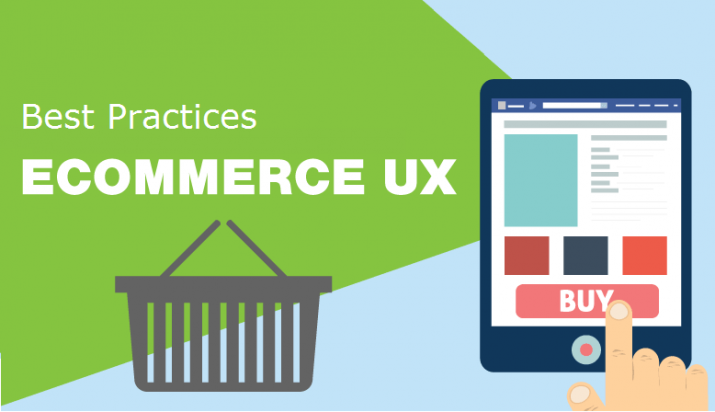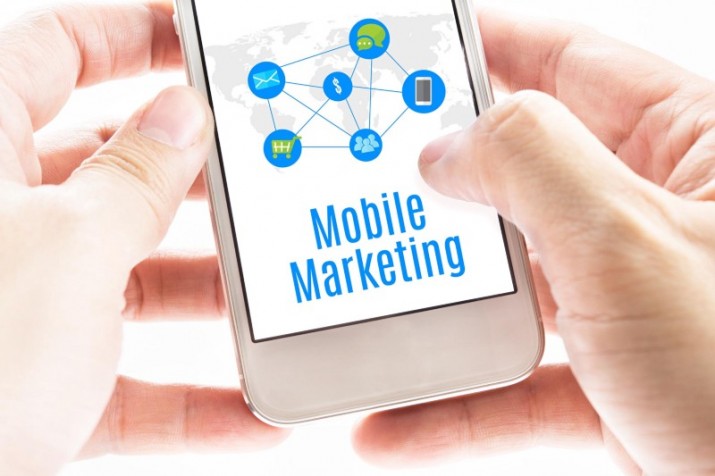Smartphones are handy, easy to use and carry along, and can now perform most of the major functions which earlier only personal computers and laptops could offer. That’s the every reason people are spending more time using their cell phones. What do they do all the time glued to their phones? It has been found that now people are spending more and more time using mobile apps rather than the web, when using their mobile phones. Is it any wonder that mobile app development is one of the hottest professions around?
App Surfing Replacing Web Surfing
Studies have found that mobile consumers spend around 85% of their mobile time on mobile apps. Techcrunch.com states that out of this time, 84% is spent on just five apps downloaded from the app store. These top five apps vary from person to person depending on their interests whether it is gaming, social media, instant messaging, or e-commerce. Facebook, Gmail, Amazon, Twitter, Whats app, Apple, are a few among the applications which are used most by people all over.
With an estimate of 66% of the digital time being spent on mobile devices, and a major part of it being spent on mobile apps, it wouldn’t be wrong to say that “the app has become the dominant form of media in our time”, as stated by arc.applause.com. And it’s not forecasted to stop anytime soon. The percentage of app users is growing significantly year by year.
Why Mobile Apps Are Becoming Dominant
Ease of Use
Ease of use is one of the key reasons why apps have become so popular. With smaller screens, it’s much easier to use these apps specially designed for mobile use rather than to surf the web even with responsive websites dominating today’s web. Mobile applications has everything sorted out within the mobile screen with important icons placed smartly while surfing the web need zooming in efforts, not to forget the opening and closing of so many pages to do a small task.
Ease of Task Continuity
Other than that, there’s something more important that drives users to mobile applications. When they are using these apps, everything is sorted out in their devices. They can look at it and continue anytime; while saving of web pages is an obscure task. For example, if a customer is going through an ecommerce app and they like something they don’t want to buy immediately, they can just save it for later. As they are always logged in there, next time they open the app, they can easily reach the saved product and order it according to convenience. The same task on a web browser takes many efforts. You need to open the web page of the particular e-commerce, log in, and save, and again follow the same to look into your saved items.
Convenience and Connectivity
The increasing usage of apps is not only reducing the time spent on mobile web but on desktops as well. As people like to do everything on the go, they rarely leave something to be done on desktops except their official work.
The availability of internet is another issue that’s promoting the increased usage of mobile applications. While people have working internet all the time on their mobile phones, they consider it cumbersome to connect their PCs to a network. Also, the applications load much faster than web pages. From a teenagers to retired old men, everyone possesses a smartphone these days. But the same can’t be said for desktops or laptops. These are limited to only those who need it for professional/educational purposes.
To Conclude
From all the above reasons and statistics it can be concluded rightly that digital usage is gradually moving towards the use of mobile apps. It seems to be the need of the hour for businesses based online to buckle up and plunge into the app market to make sure their businesses do not suffer given the escalating trend of mobile applications.









